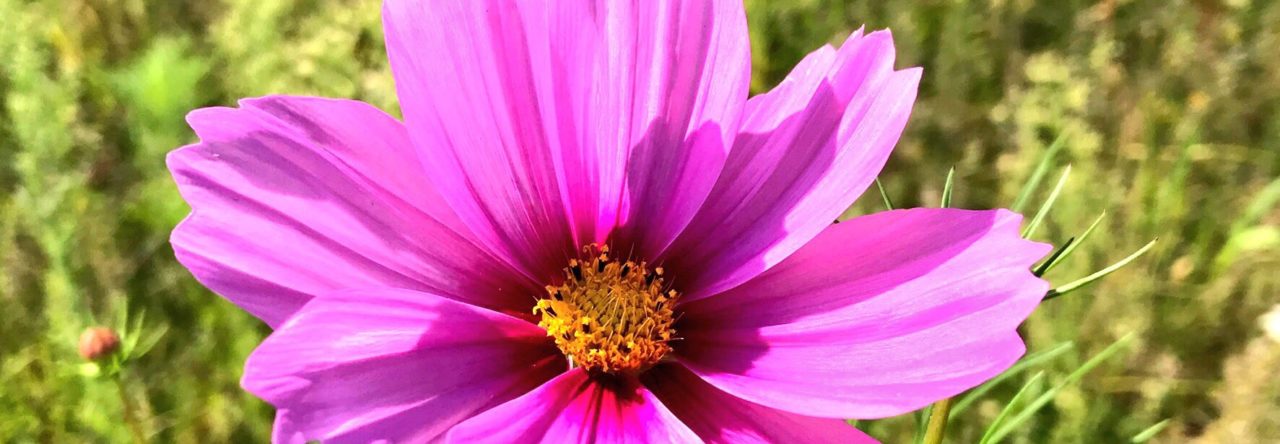Spring ambience, Cherry Hill
“…there is…a pleasure common, constant and universal to all town parks…in other words, a sense of enlarged freedom is to all, at times, the most certain and the most valuable gratification afforded by the park”. Frederick Law Olmsted
The sounds of Central Park: birds singing, children laughing, musicians playing, and water trickling are all the melody of Frederick Law Olmsted and Calvert Vaux’s harmonious vision of the park. Their artful landscape design draws one into a retreat with nature that inspires painterly artists and sculptors alike. More recent tunes like those of the Delacorte Clock and the Carousel have added to the park’s charm.
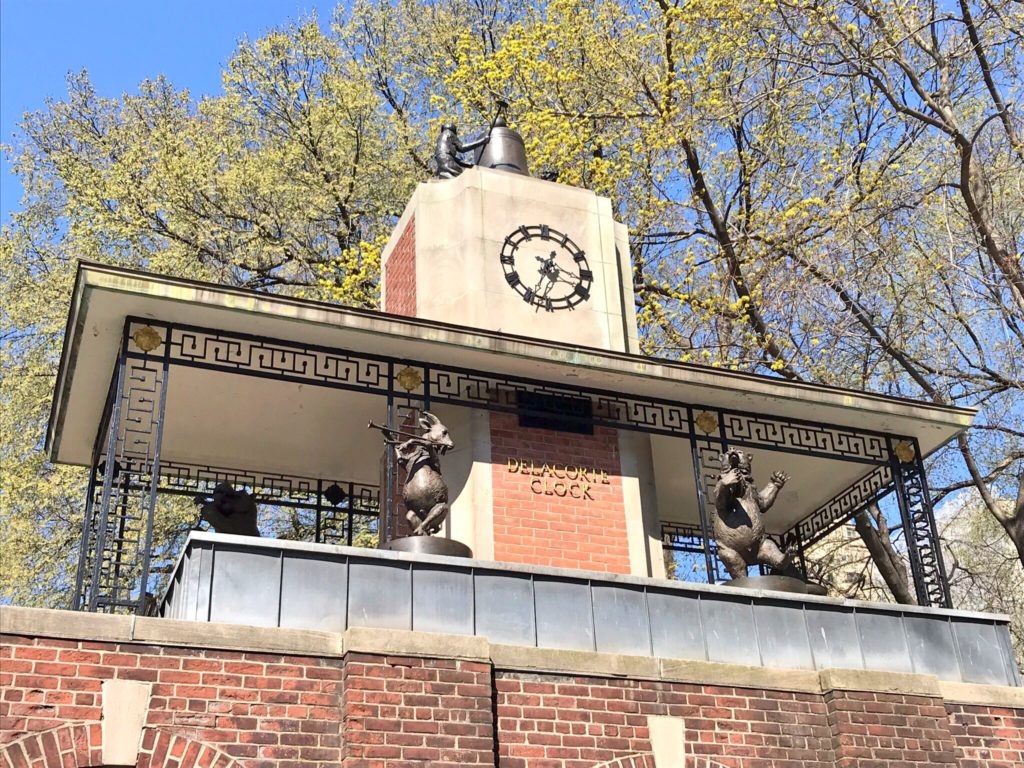
Delacorte Clock
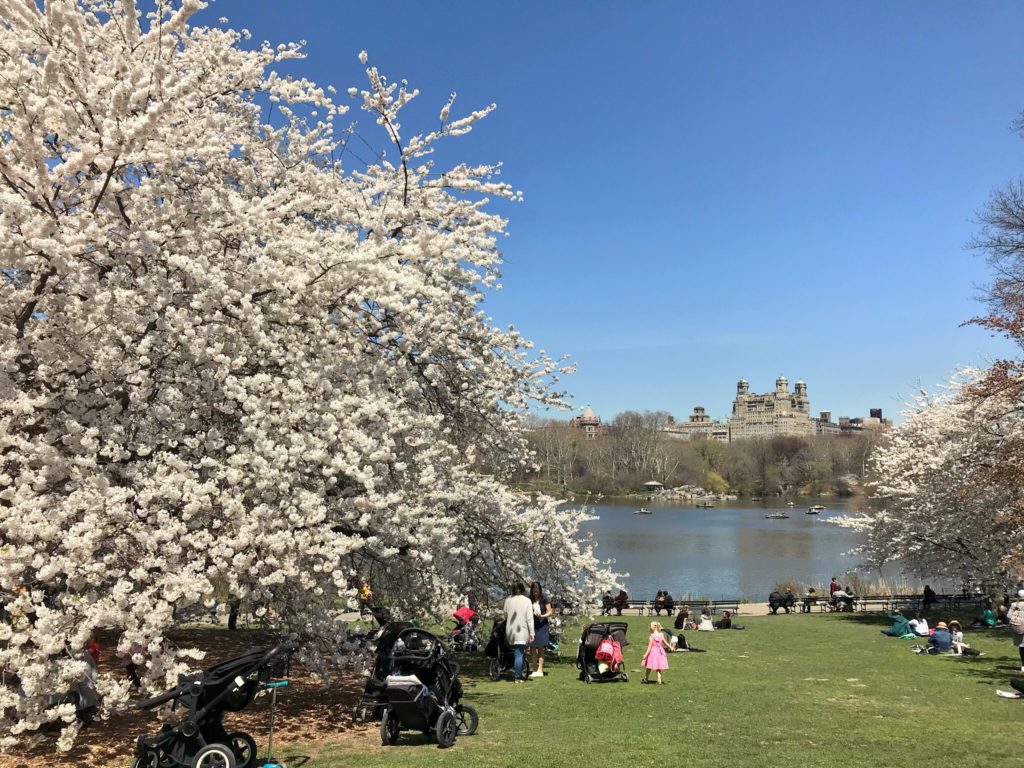
Happy park goers at Cherry Hill
The National Historic Landmark in the heart of Manhattan began with a city competition in 1857. The prize went Frederick Law Olmsted, park superintendent, and Calvert Vaux, an English-born architect. The philosophy of Frederick Law Olmsted, considered the father of American landscape design, was to create parks that instilled a feeling of community within cities. His parks included not just fields, but diverse recreation for wide appeal. Olmsted’s principles of landscape design visually drew in park goers to varied landscape themes that brought a sense of tranquility. Calvert Vaux, co-architect of the Metropolitan Museum of Art and the American Museum of Natural History, implemented their aesthetic vision of Central Park, to render landscape into art. With this principle in mind, Vaux designed Bethesda Terrace and the park’s iconic bridges.

Cherry blossoms on Pilgrim Hill
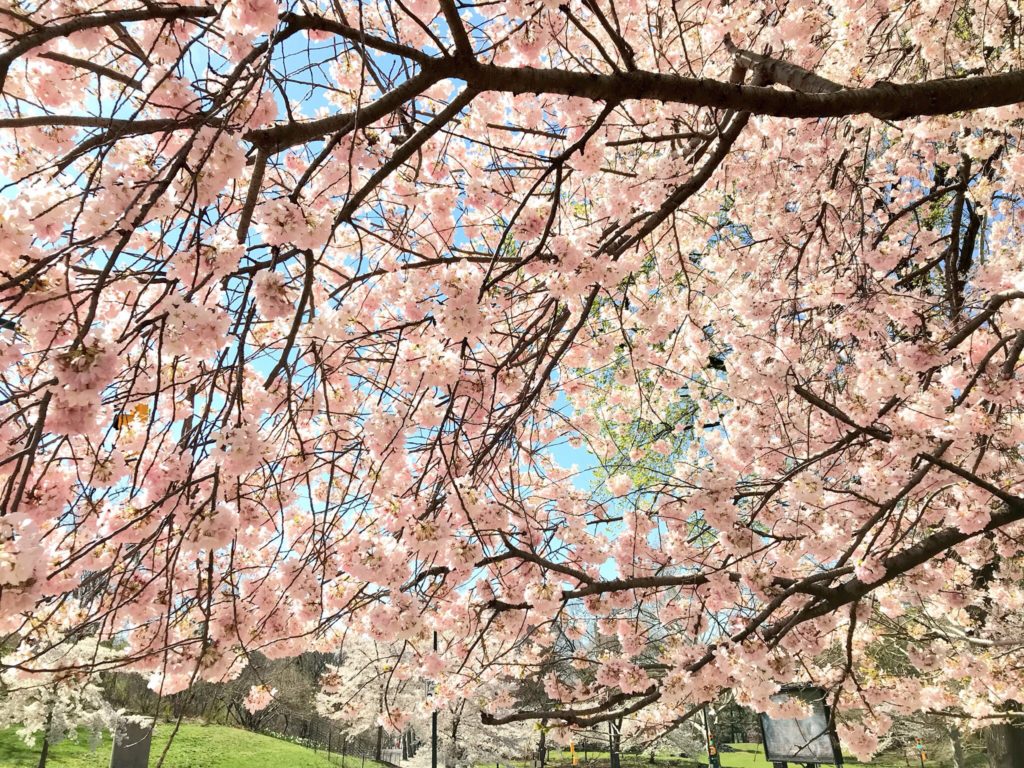
Some fun facts about the park: A stroll through the two and a half miles (4 km) from north to south in the park represents traveling from the city, containing landmarks, to the wooded countryside of New York state. Walking all the way around the park’s 843 acres (341 hectares) is a six-mile (9.6 km) trip. Topsoil brought in from New Jersey and Long Island helped create the rolling landscapes of the park. Frederick Law Olmsted and Calvert Vaux created harmonious oases throughout the city, including Manhattan’s Riverside Park and Morningside Park and Brooklyn’s Prospect Park, Fort Greene Park, Carroll Park, and Herbert Von King Park. Frederick designed parks in Boston, Buffalo, Chicago, and the Biltmore Estate in Asheville, the grounds of the US Capitol, and Mount Royal Park in Canada. Together with Calvert, he created a plan to protect the natural beauty of Niagara Falls.
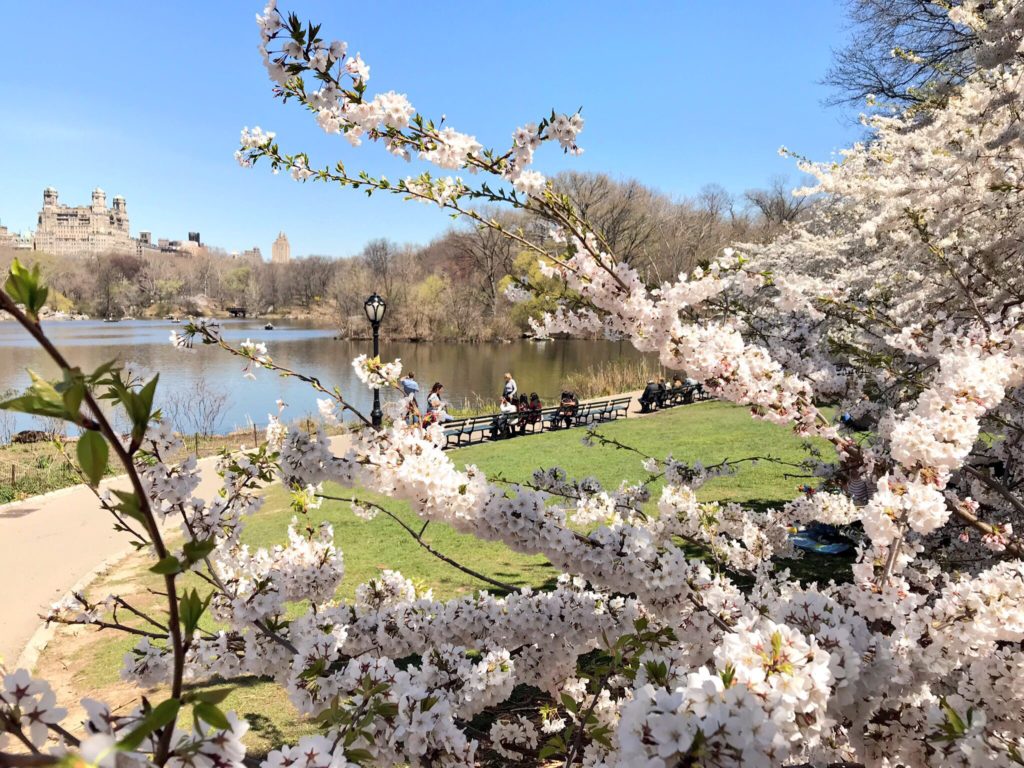
Cherry Hill
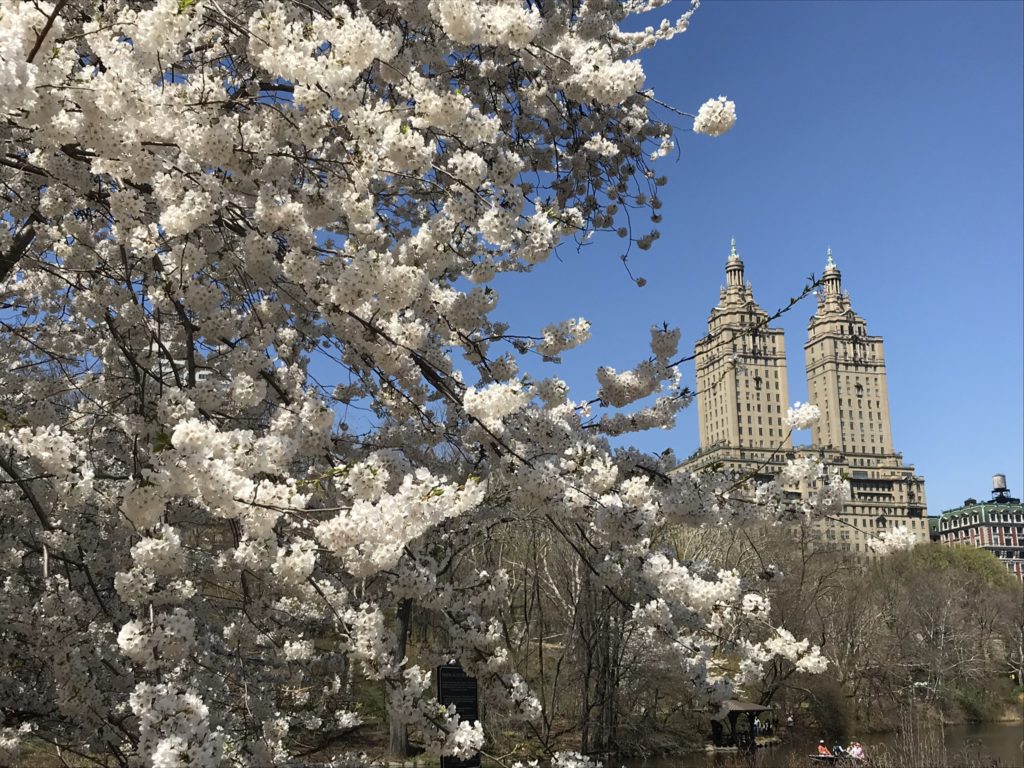
San Remo Building
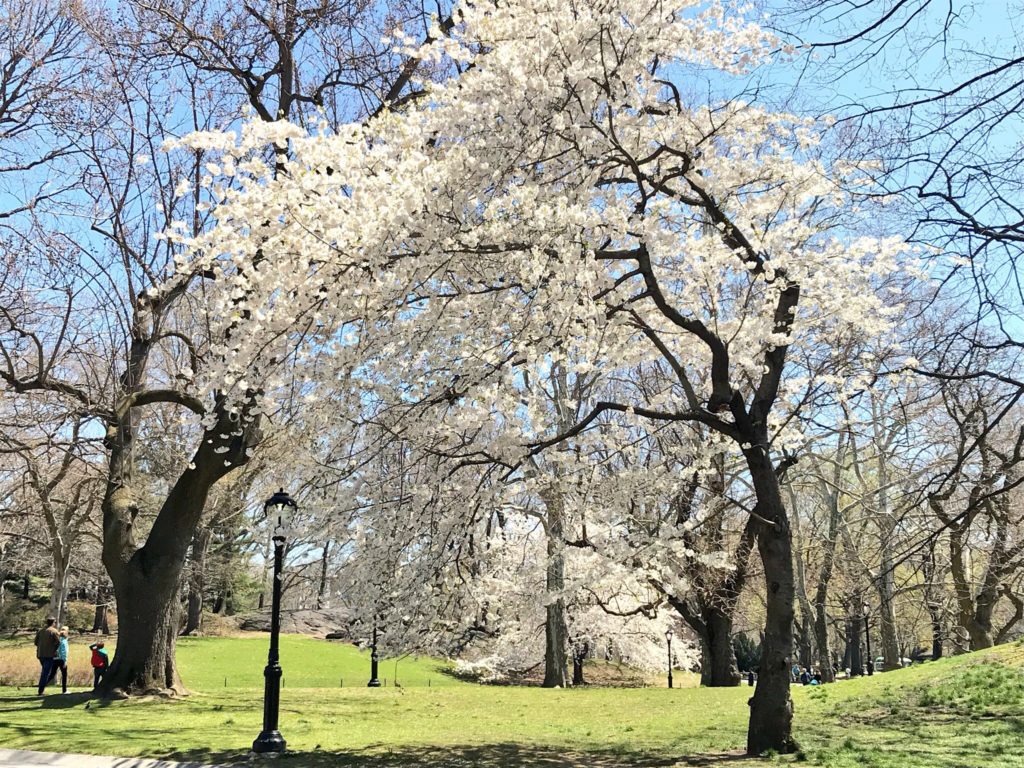
The Olmsted-Vaux design
Olmsted and Vaux in the Garden State
With the success of Central Park, other commissions for Olmsted and Vaux followed, including nearby Newark, New Jersey. Branch Brook Park, envisioned by Frederick, was the park of our childhood. Cherry blossom season meant family poses in Easter best beneath branches of flower petals that gently caressed our newly bared arms in the spring sunshine. The breeze carried the crunch of crinoline, the jingle of the ice cream truck, and the rustling of robes as proud graduates also posed beneath swaying blossom branches. The flowering cherry trees were and are the special occasion trees for New Jerseyans, spring in itself celebratory after a long winter. Caroline Bamberger Fuld, who shared the Olmsted-Vaux vision, brought the trees from Japan and nurtured them on her own Orange estate before having them planted in the Newark-Belleville park.
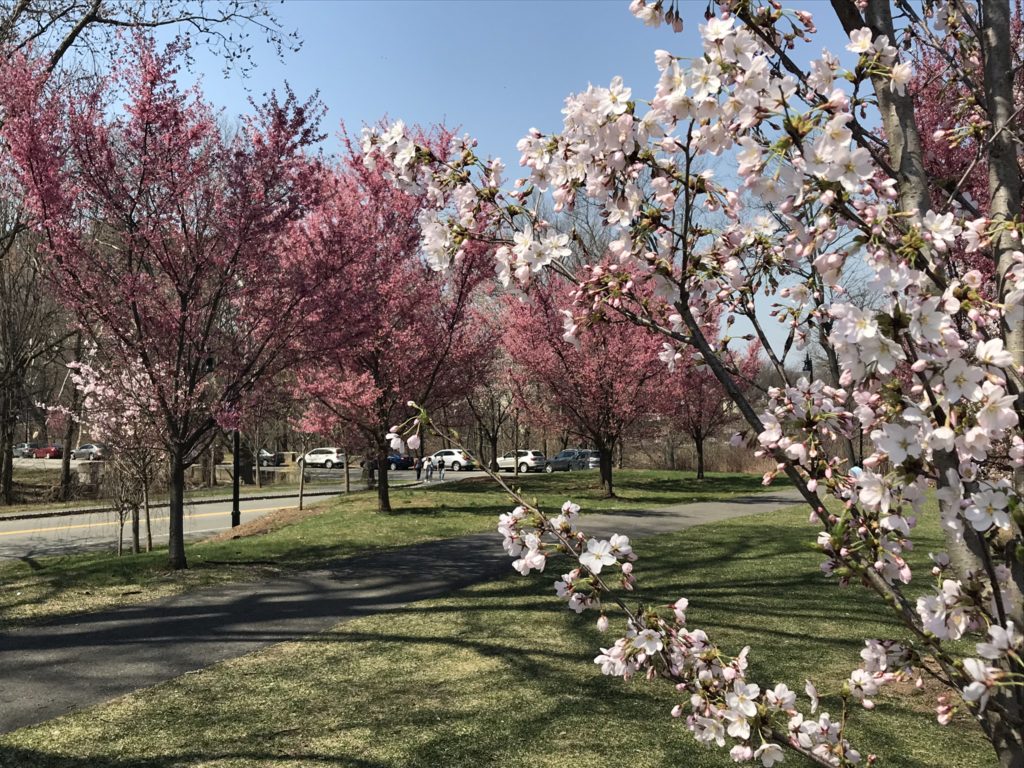
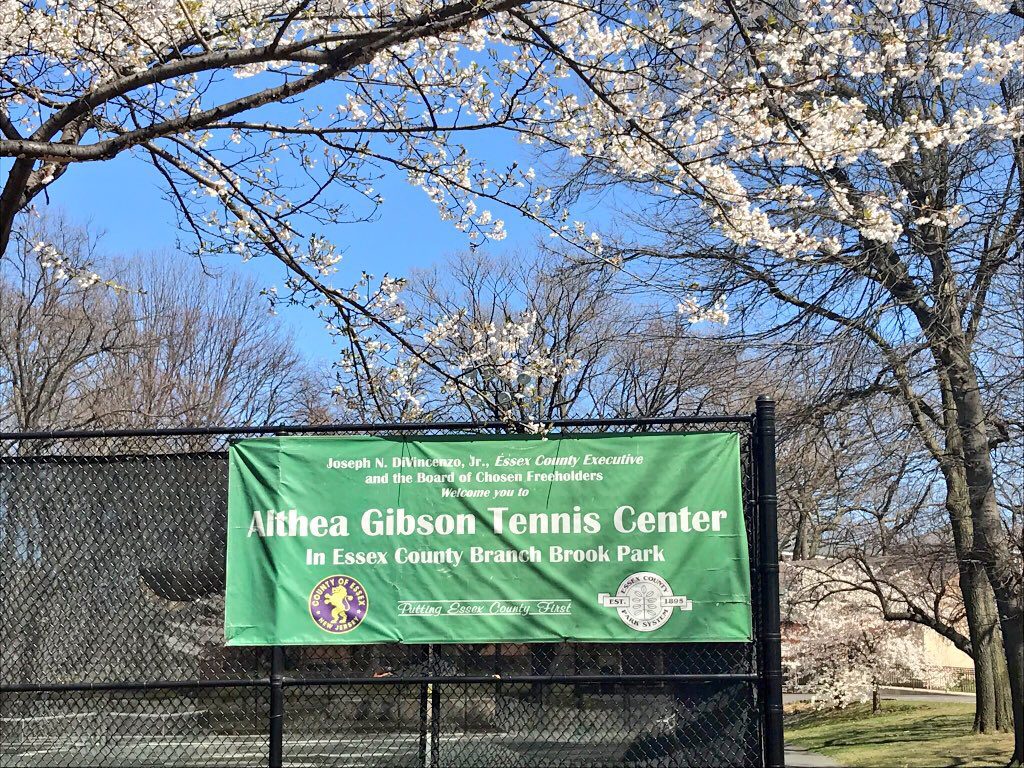
Of the parks and grounds throughout New Jersey attributed to Frederick Law Olmsted and his sons, John Charles and Frederick, Jr., known professionally as the Olmsted Brothers, the Twombly-Vanderbilt Estate, now Fairleigh Dickinson University’s Florham Campus, Madison, The Lawrenceville School campus, and Cadwalader Park, Trenton, Frederick personally designed. Verona Park, Maplewood Memorial Park, Anderson Park, Montclair, and Warinanco Park, Roselle and Elizabeth were projects carried out by the Olmsted firm. Among the private residences Calvert Vaux planned, the Wisner Estate in Summit, now Reeves-Reed Arboretum on the National and State Registers of Historic Places, is where visitors enjoy scenic walks and gardens. If the rare person does not recognize the names of Olmsted and Vaux at Garden State stops, the mention of Central Park sparks immediate admiration.

Central Park and Verona Park with the Olmsted design that draws us in: curving paths, a varied landscape of rolling hills, playing fields, meadows, and water.
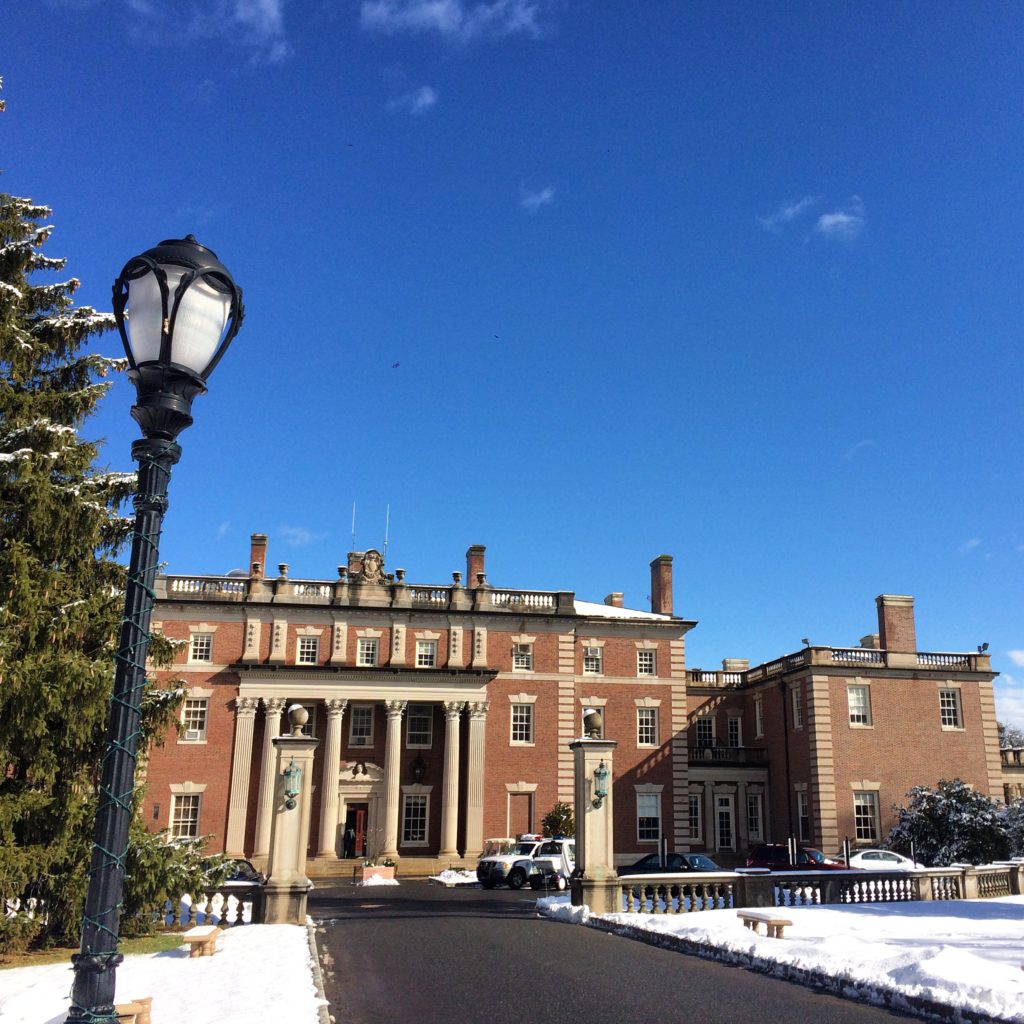
Fairleigh Dickinson University’s Hennessey Hall, the former Twombly-Vanderbilt Mansion in Madison
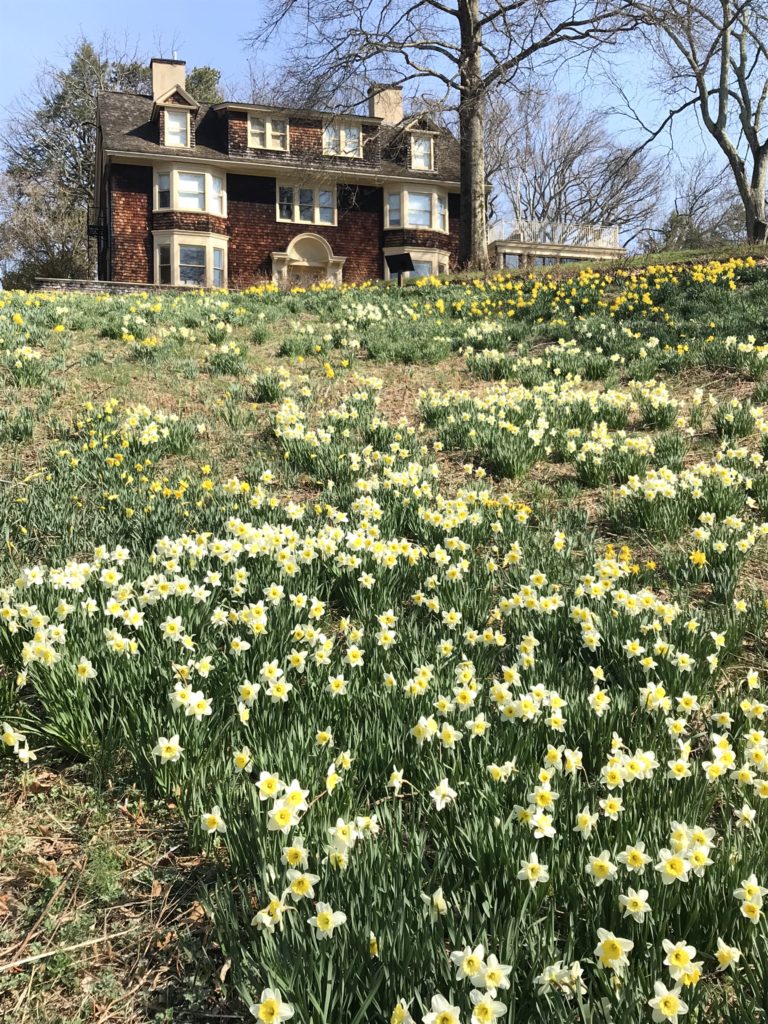
Wisner House and daffodils on the Bowl, Reeves-Reed Arboretum in Summit
A Lifelong Park
Central Park is a park for our lifetime. The exploration of the big rock by the American Museum of Natural History marked our first family visit, the site summited again on a field trip with young classmates. The late 70’s brought James Taylor and his concert for Sheep Meadow, which may be news to my mother-reader. On city excursions with girlfriends, the 80’s had the fun of JFK, Jr. sightings whether he was tossing a football, throwing a Frisbee, or doing pretty much anything in a boyish way. A walk through the park on visits back to the States in the 90’s felt like officially coming home. The anchor was not only the park’s beauty, but people in harmony with nature in a way that seemed unique by being both within and away from the city.
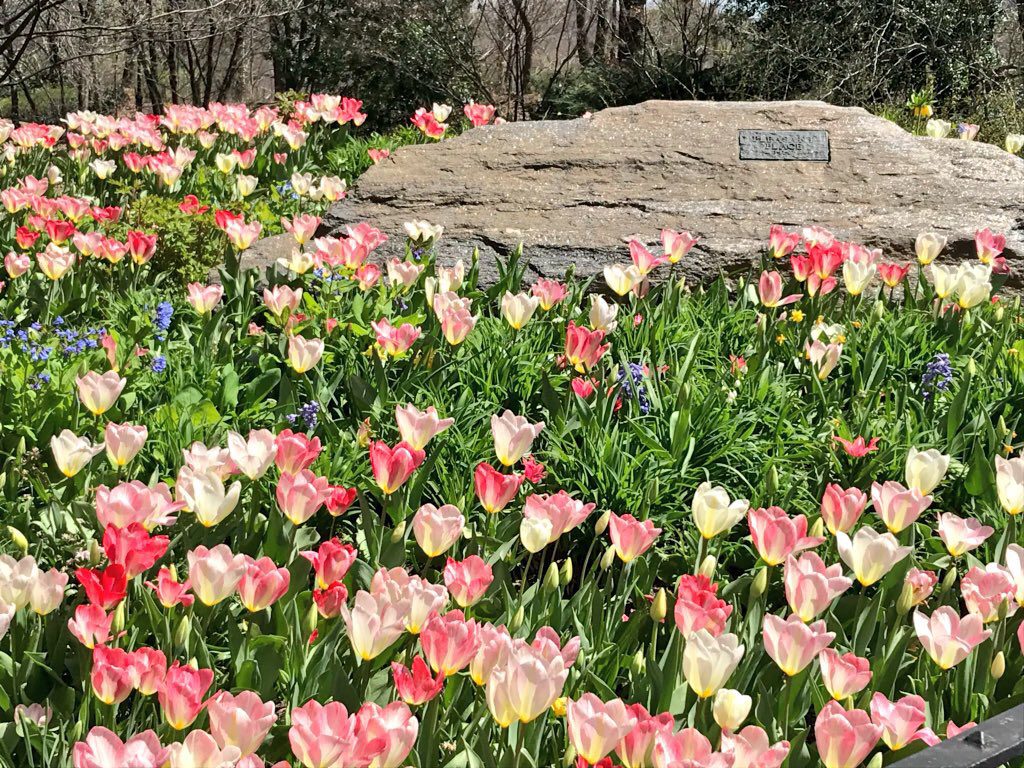
West 72nd Street entrance
A few years into the new millennium came the unexpected thrill of living in New York City, and the park, a former destination, was now a neighbor. Cozily tucked into a living space, I appreciated Frederick Law Olmsted’s vision of a place for everyone to go and feel free. At one point, I was fortunate enough to walk through the park to go to work, which meant that I arrived with a smile for others and returned home with cares left in green fields. If I completed enough work on Saturday, the reward was a Sunday morning spent in the park, reading the papers by the Conservatory Water, applauding the nearby roller skate dancers in warm weather or the sledders on Cedar Hill in cold, or dropping by the Met or the 92nd Street Y to meet friends in a bounty of good fortune. We all have memories like these with more to come thanks to the Central Park Conservancy, dedicated staff, and volunteers.
People travel the world for bucket list experiences, but there is nothing like passing beneath a fragrant canopy of delicate flowers. The cherry blossoms have given turn to the crab apple blooms in the symphony of spring in Central Park. Welcome spring with a walk in the park.

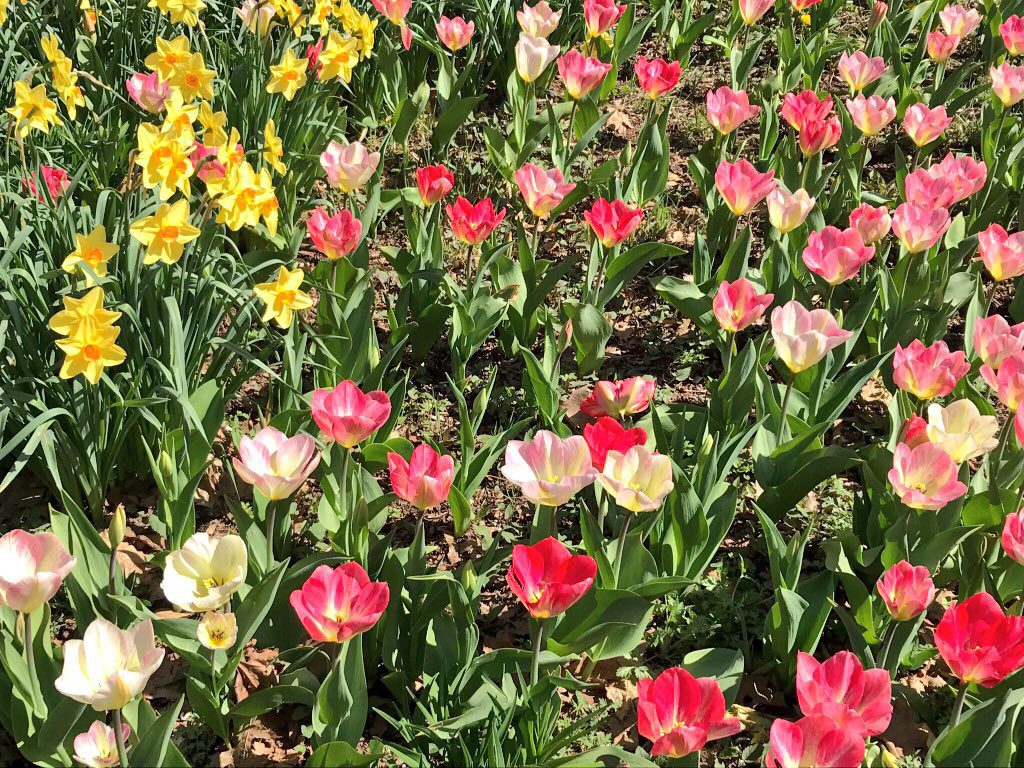
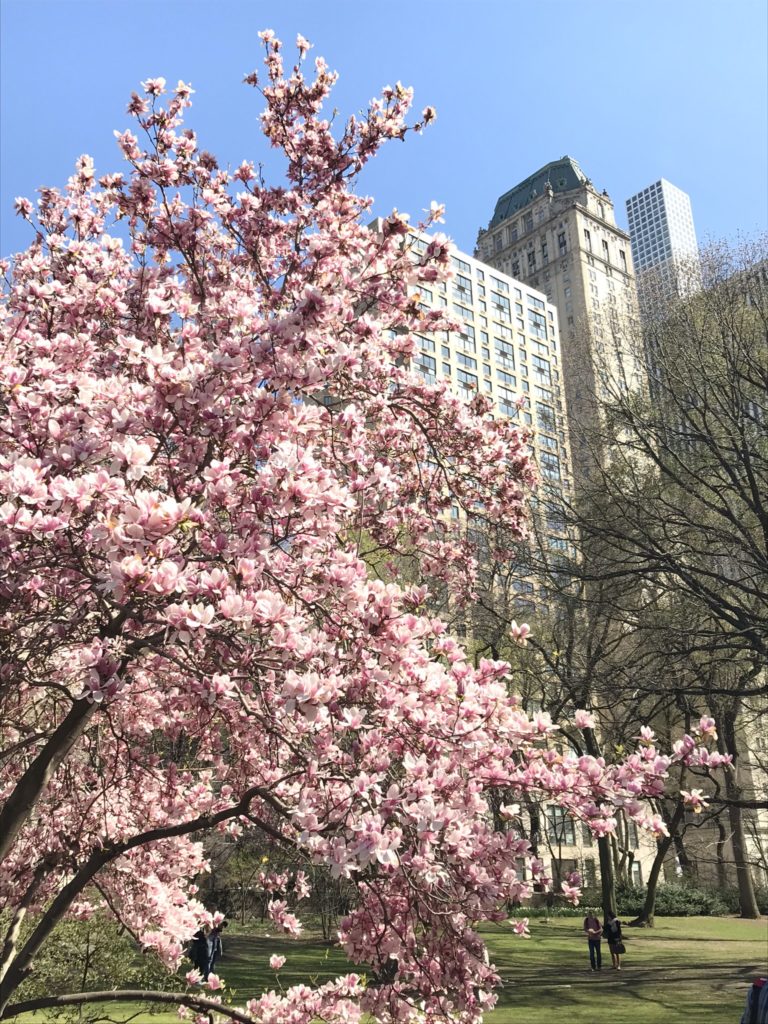


Lewis Carroll’s “Alice in Wonderland” by Jose de Creeft, commissioned by George Delacorte

Monument to John Lennon, gift of the City of Naples, designed by Bruce Kelly; Strawberry Fields commissioned by Yoko Ono
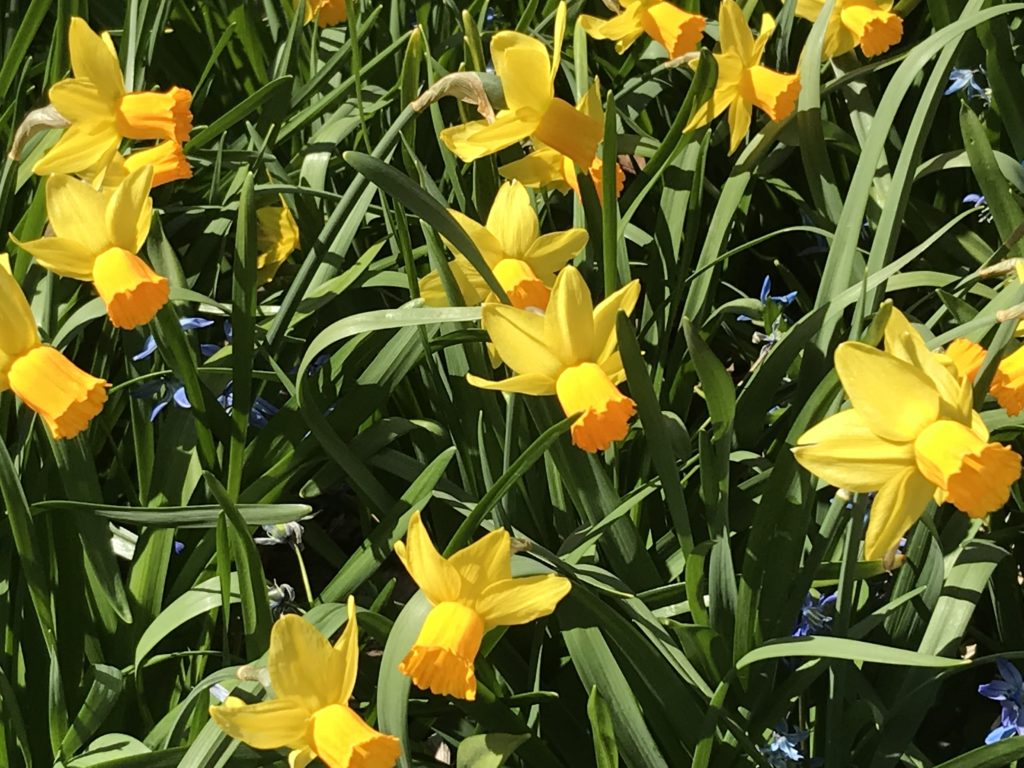
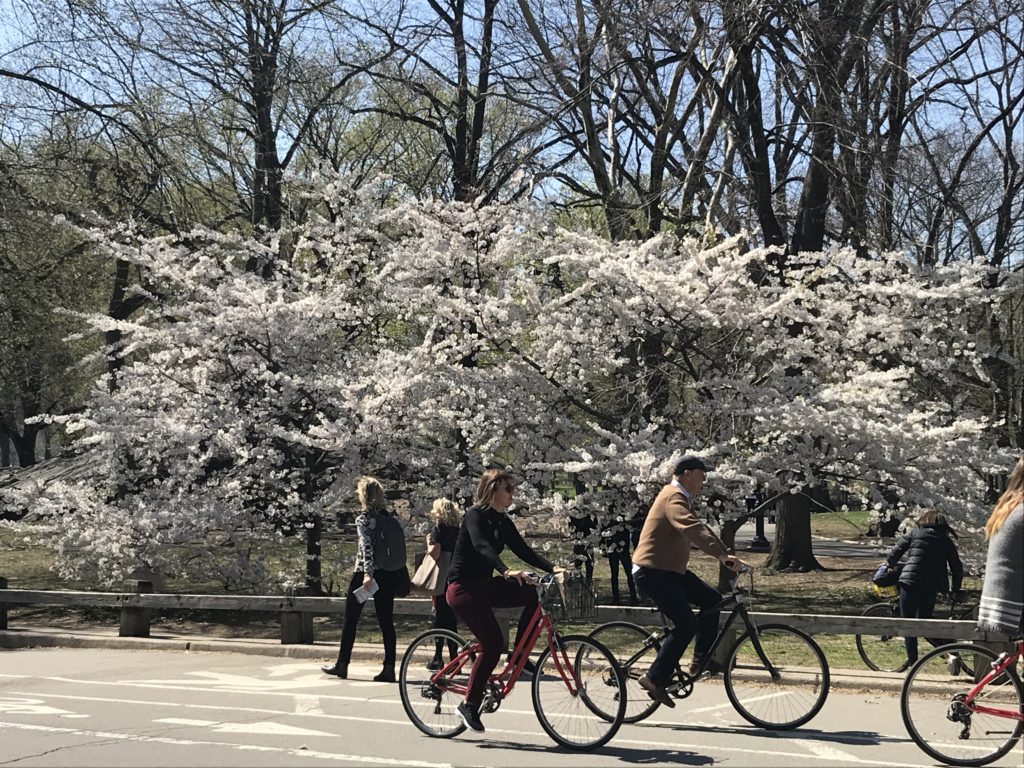
Cyclists everywhere enjoying spring
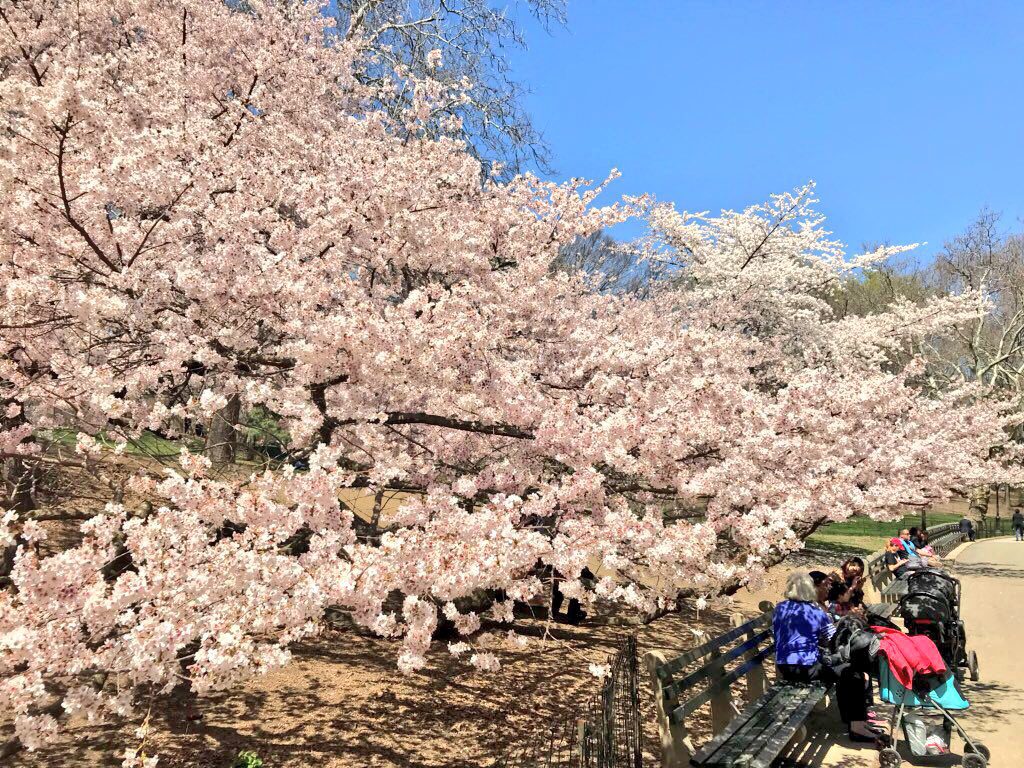
Cascading blossoms
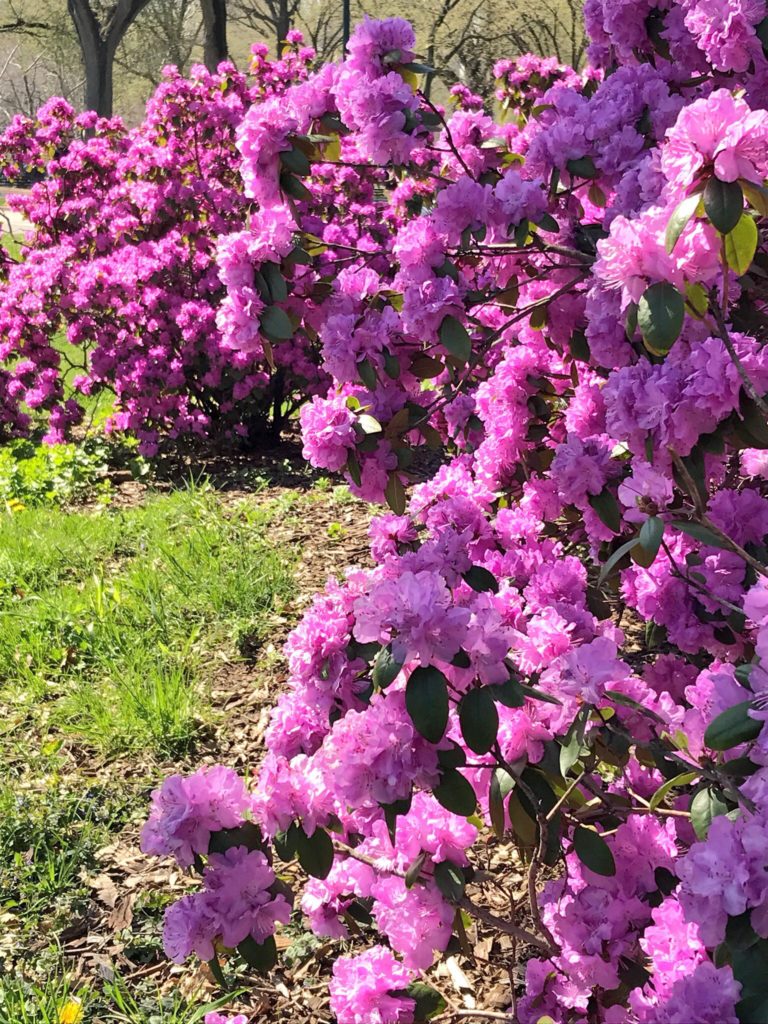
Vibrant spring colors

Every view is like a movie still (throwback to last spring)
(Sources: centralparknyc.org, olmsted.org, fredericklawolmsted.com, centralpark.com, nycgovparks.org, nytimes.com, smithsonian.com, branchbrookpark.org, tclf.org, ci.columbia.edu, biography.com, eyeofthedaygdc.com, nps.gov, neh.gov, metmuseum.org, amnh.org, modernfarmer.com, aoc.gov)
“Central Park: A Template of Beauty” All Rights Reserved © 2018 Kathleen Helen Levey
